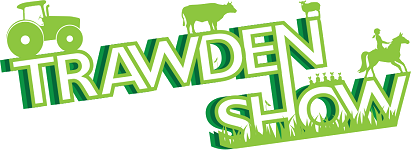Goats are one of the oldest domesticated animals, having been used for centuries for their milk, meat, hair and skin. It is believed that the native peoples living in mountains of Iran were the first to domesticate these animals. Families kept a herd of goats, sometimes enclosing them in pastures and sometimes allowing them to roam freely. Goat herders, usually teenage boys, were hired to tend them, make sure they didn’t get lost or injured and ward off natural predators.

All male goats (bucks) have two horns, but the size and shape of these horns depends on the breed. In some breeds, the females (does) also have horns, but they are shorter than those of the males. Goats are ruminants, which means they eat the raw food and then regurgitate and chew again.
Goats will eat just about anything. They eat all kinds of plants and weeds, wood, but have an instinct for knowing when food and water are contaminated and will refuse to eat or drink. They rarely eat objects or clothing unless it has been made from plant material or wood.
Goats are prized for their milk, which can be made into cheese. The meat of the goat is very similar to lamb and the hair is prized for its use in the clothing industry, often going by the name mohair or cashmere. Each type of hair comes from a specific breed or goat, such as the Angora goat or the Cashmere goat. The hairs must also be very fine or they cannot be used.
Prize money for the goat classes is sponsored by Barclays Bank
For details on entry, please see our Schedules available here or contact our Goats Secretary, Samantha Gray on 07415 704102.
Results for previous years can be found on our results page here.


